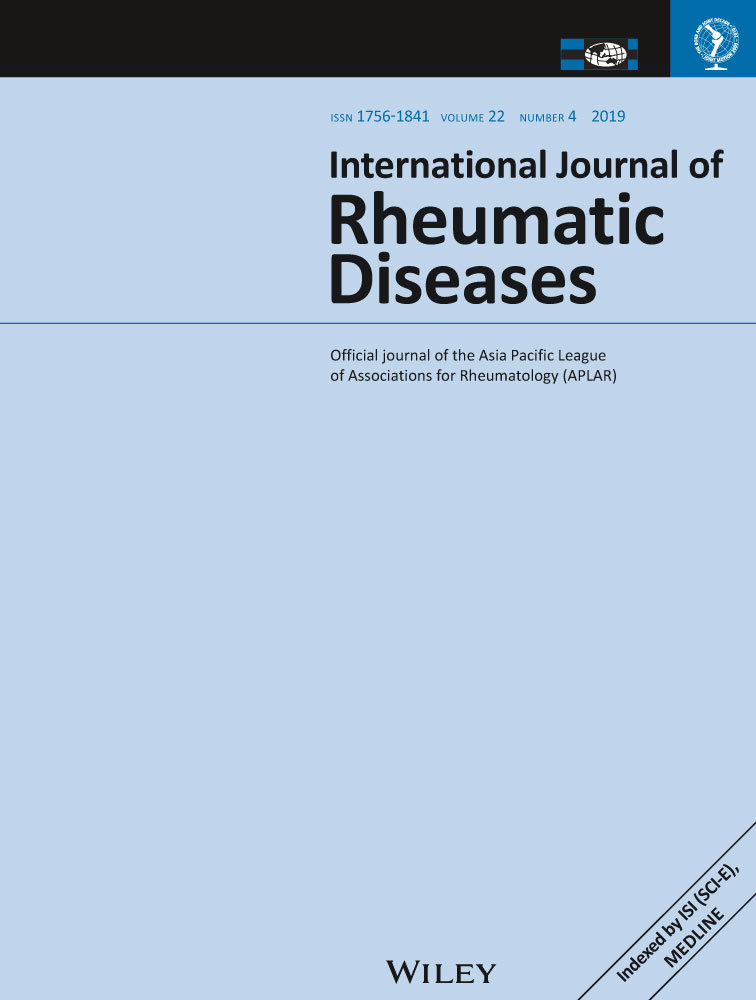Comparative study on serum-induced arthritis in the temporomandibular and limb joint of mice
Abstract
Introduction
The subject of the present study was a systematic comparative analysis of the rheumatoid arthritis (RA)-induced pathomechanisms in the temporomandibular joint with those of the limb joints using the serum-induced arthritis K/BxN model.
Methods
In 18 BALB/c mice the induction of RA was performed according to the Kouskoff method. Another healthy cohort served as controls (n = 12). Joint swelling of the paws was measured using a micrometer. Functional data were obtained analyzing locomotion. Three-dimensional examination of the temporomandibular joint was performed with micro-computed tomography imaging, followed by histological evaluation of the extremity joints and the temporomandibular joint. Additionally, immunohistochemical investigations were carried out to evaluate inflammatory and immunological changes.
Results
Measurement of joint swelling showed a significant increase in the diameter of the paws, as well as a decrease in locomotor activity compared to control animals and the time before arthritis induction. Histological and immunohistochemical investigations showed clear signs of inflammation in the extremity joints. In contrast, no histological or immunohistochemical indications of an inflammatory process were detectable in the temporomandibular joint. In addition, the three-dimensional analysis by micro-computed tomography of the temporomandibular joints did not show any obvious morphological changes.
Conclusion
For the first time, using the K/BxN model we could demonstrate that, due to its anatomical and mechanical conditions, the temporomandibular joint seems to be less susceptible to the initiation of RA compared to limb joints. Therefore, additional investigations are needed on other arthritis models as well, in order to further improve our understanding of the pathogenesis and defense mechanisms of the disease.
CONFLICT OF INTEREST
The authors report no financial disclosure and no conflicts of interest.




